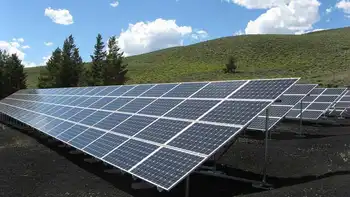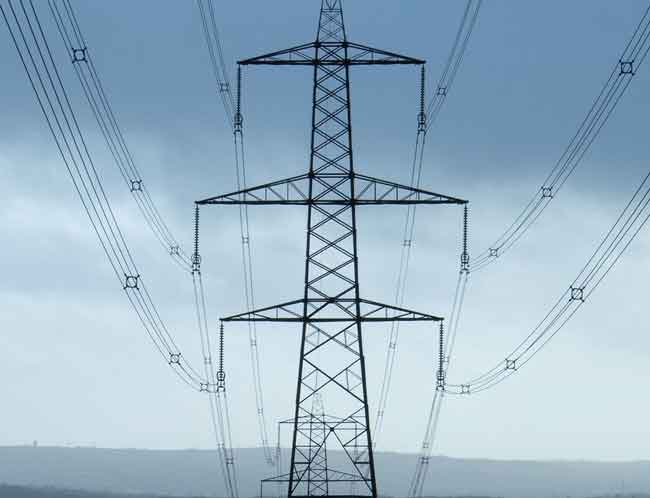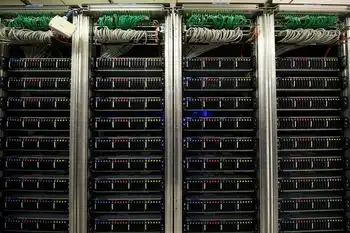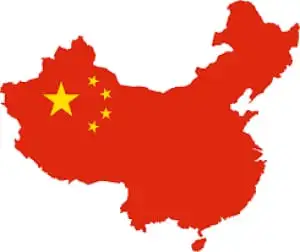South Africa's power outages attract independent solutions
By Industrial Info
Substation Relay Protection Training
Our customized live online or in‑person group training can be delivered to your staff at your location.

- Live Online
- 12 hours Instructor-led
- Group Training Available
There were no surprises when he focused on GE's industrial turbines and mentioned a range of bio-friendly projects the company is working on in the country. He highlighted the business opportunities in sub-Saharan Africa and said that infrastructure was a bottleneck to economic growth in developing countries. GE established its first South African office in 1898.
Aggreko, the world's largest provider of mobile generators, is another company poised to provide answers and fill the power gaps. The company's stock has gone up with the news of South Africa's urgent power needs, and business would be handled on the basis of current operations in South Africa through the company's Dubai-based International Power Projects.
Although the base-load feed on the national grid is a matter of prime concern, there are numerous industrial and retail companies that are looking at standalone diesel-fed generators in the 5-megawatt (MW) to 10-MW range as economic options when faced with production and trading losses through power outages. One large mall center in northern Johannesburg is considering an immediate $11.5 million generator investment to keep the shops powered. In terms of relative revenue loss, the decision to go for a dedicated power pack is a no-brainer.
Based on the "Eskom Confidential Daily System Status Report" leaked to the daily Business Report, none of the power stations supplying 90% of the country's electrical power was operating at full capacity and on January 28, 2008, 9,745 MW of Eskom's net maximum capacity of 37,761 MW was out of commission. On January 25, the gap figure was 8,768 MW. January 28th's unplanned outages totaled 4,235 MW because of several problems, including boiler turbine leaks, ash buildup and blockages caused by wet coal.
Eskom says that 5,000 MW of outages are due to coal shortages and quality. The coal industry disputes or qualifies this, saying that good coal is available for the asking and that Eskom's switch to 25% spot purchases from long-term supply contracts has affected quality control and the truck supply chain, - which led to some of the operational problems.
Although coal is mentioned as a reason for loss in capacity at 50% of the power stations suffering problems, wider issues are now surfacing, which include management. Regulatory responsibilities and obligations for a national utility, for which the bottom line must be the security of adequate supplies, are also being inspected.
The initial feelings of being at war with the power problem have been followed among the public, business and industry, with a positive/aggressive attitude that "We'd better do it for ourselves." The age of independent power has come to South Africa. The relationship between Eskom and its clients and the government will never be the same again. There is a general realization that official spin does not turn turbines.











